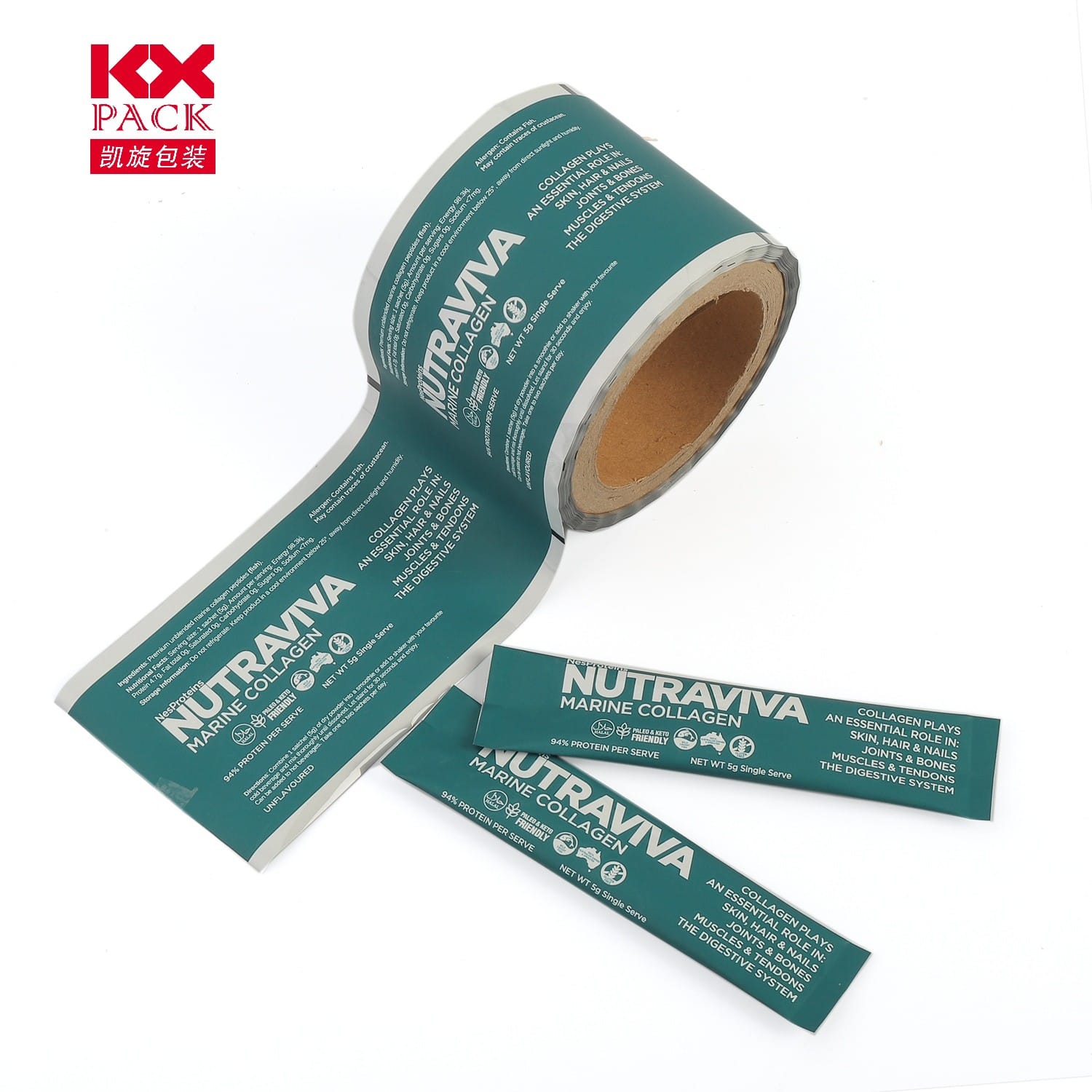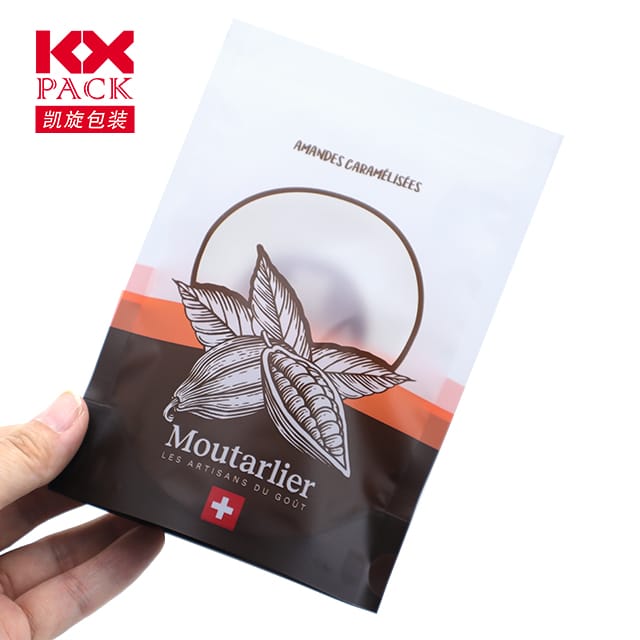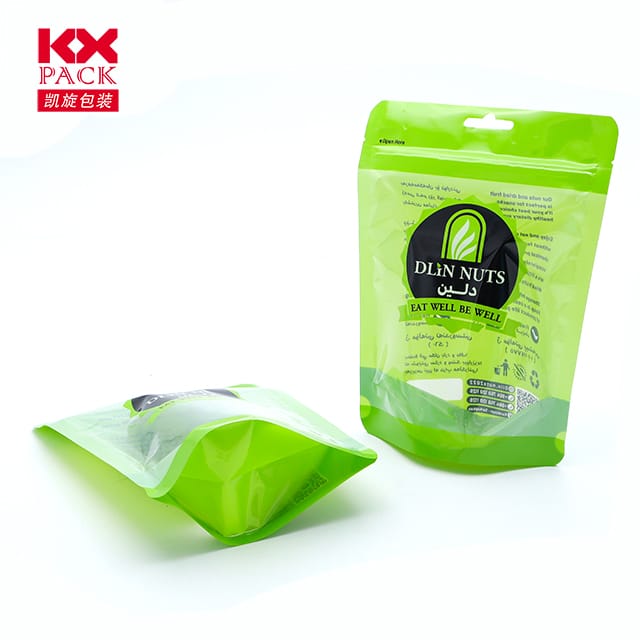พิมพ์ฟิล์มพลาสติก: วิวัฒนาการของบรรจุภัณฑ์, กราฟิก, และโซลูชั่นอัจฉริยะ
พิมพ์ฟิล์มพลาสติก
In the realm of modern packaging and visual communication, พิมพ์ฟิล์มพลาสติก ได้กลายเป็นรากฐานสำคัญของนวัตกรรม, ผสมผสานฟังก์ชั่นการใช้งานเข้ากับความสวยงาม. จากบรรจุภัณฑ์อาหารไปจนถึงการโฆษณาขนาดใหญ่, วัสดุอเนกประสงค์นี้กำลังสร้างนิยามใหม่ของอุตสาหกรรมผ่านความก้าวหน้าทางเทคโนโลยีการพิมพ์, ความยั่งยืน, และการบูรณาการอย่างชาญฉลาด.
1. The Multifunctional Edge of Print Film Plastic
Traditionally valued for its lightweight and durable properties, print film plastic now transcends basic aesthetics. Manufacturers are engineering films with specialized functionalities:
- Barrier Protection: Multi-layer co-extrusion films incorporate layers for oxygen, ความชื้น, or UV resistance, extending shelf life for perishables.
- Thermal and Antimicrobial Properties: Films with temperature-sensitive inks or embedded antimicrobial agents are revolutionizing medical packaging and fresh food storage.
- Interactive Packaging: รหัส QR, augmented reality (อาร์) ฉลาก, and digital watermarks printed on films enable brands to engage consumers through scannable content, enhancing product authenticity and traceability.
เช่น, Sumitomo Bakelite’s 2024 polyethylene-based mono-material film for medical devices exemplifies how recyclability and performance can coexist.
2. Printing Technologies: Precision Meets Creativity
The printing landscape for plastic films has diversified, catering to both industrial and creative needs:
- การพิมพ์แบบยืดหยุ่น: Dominates high-volume packaging (เช่น, snack bags, beverage labels) with cost-effective, high-speed results.
- การพิมพ์ดิจิตอล: Enables on-demand, short-run customization for promotional materials and personalized packaging, ลดของเสีย.
- Screen Printing: Preferred for thick films (เช่น, polycarbonate signage) due to its opacity and vibrant color reproduction.
Companies like Dürrbeck Kunststoffe leverage stack printing presses to achieve double-sided printing on blown films at speeds up to 400 meters per minute, balancing quality and efficiency.
3. ความยั่งยืน: The Green Imperative
As global regulations tighten on single-use plastics, the industry is pivoting toward eco-conscious solutions:
- ภาพยนตร์ที่ย่อยสลายได้ทางชีวภาพ: Polymers derived from plant-based materials (เช่น, cellulose acetate) are gaining traction in graphic arts and overlays.
- Compostable Coatings: Films with water-based or biodegradable inks reduce environmental impact without compromising print durability.
- Recycling Innovations: Mono-material films (เช่น, PE-only structures) simplify post-consumer recycling, aligning with circular economy goals.
ภูมิภาคเอเชียแปซิฟิก, a hub for packaging innovation, is projected to lead this transition, ด้วย CAGR เท่ากับ 5.38% in sustainable film adoption through 2034.
4. บรรจุภัณฑ์อัจฉริยะ: The Future is Connected
Print film plastic is at the forefront of theInternet of Packaging (IoP), integrating RFID tags, NFC chips, and temperature-sensitive inks. These features enable:
- Real-Time Tracking: Supply chain transparency for pharmaceuticals and luxury goods.
- Consumer Engagement: AR-triggered content (เช่น, tutorials, loyalty programs) via smartphone scans.
- Anti-Counterfeiting: Digital watermarks and holographic prints safeguard brand integrity.
โดย 2030, smart packaging is expected to account for 30% of the printed film market, driven by e-commerce growth and consumer demand for authenticity.
5. การเปลี่ยนแปลงของตลาด: Growth and Regional Trends
The global printed plastic film market is poised for robust expansion, with projections reaching$8.86 พันล้านโดย 2034 (cagr 4.30%). Key drivers include:
- E-Commerce Boom: Demand for durable, branded shipping materials.
- Health-Conscious Consumers: Preference for tamper-evident and hygienic packaging.
- Technological Leapfrogging: AI-driven quality control and automation in production lines.
Asia-Pacific remains the largest market, while North America invests heavily in AI integration and sustainable material R&ดี.
บทสรุป: The Canvas of Tomorrow
Print film plastic is no longer just a packaging material—it’s a dynamic platform for innovation. From biodegradable options to AI-powered smart labels, the industry is evolving to meet sustainability mandates and consumer expectations. As brands seek to differentiate in a crowded market, the fusion of print technology, material science, and digital connectivity will define the next chapter of this versatile medium.
Whether you’re a packaging engineer, a marketer, or a sustainability advocate, the trajectory of print film plastic offers a compelling glimpse into a future where functionality, creativity, and responsibility converge.
Explore the possibilities—your next breakthrough could be a film away. 🌍✨







